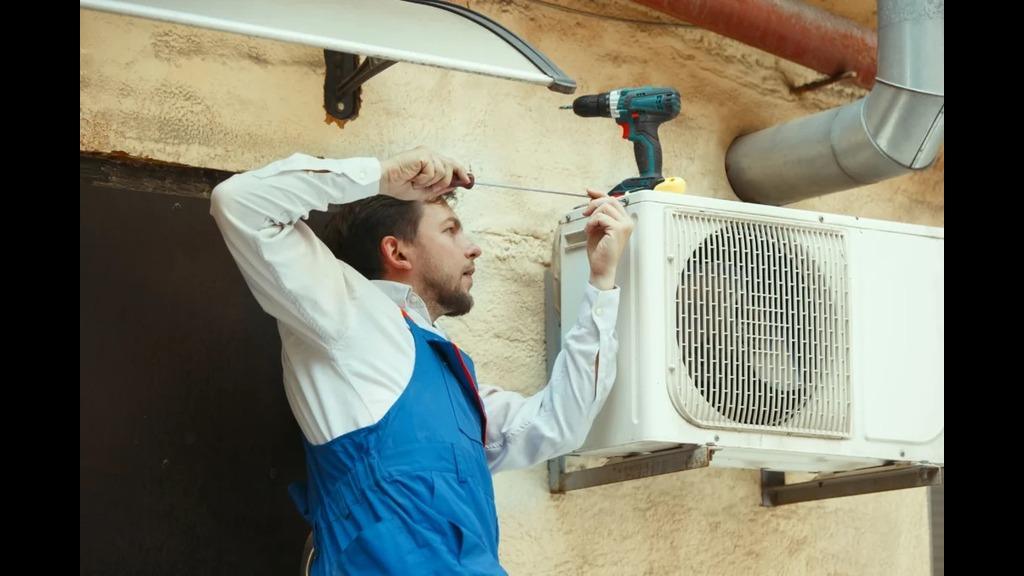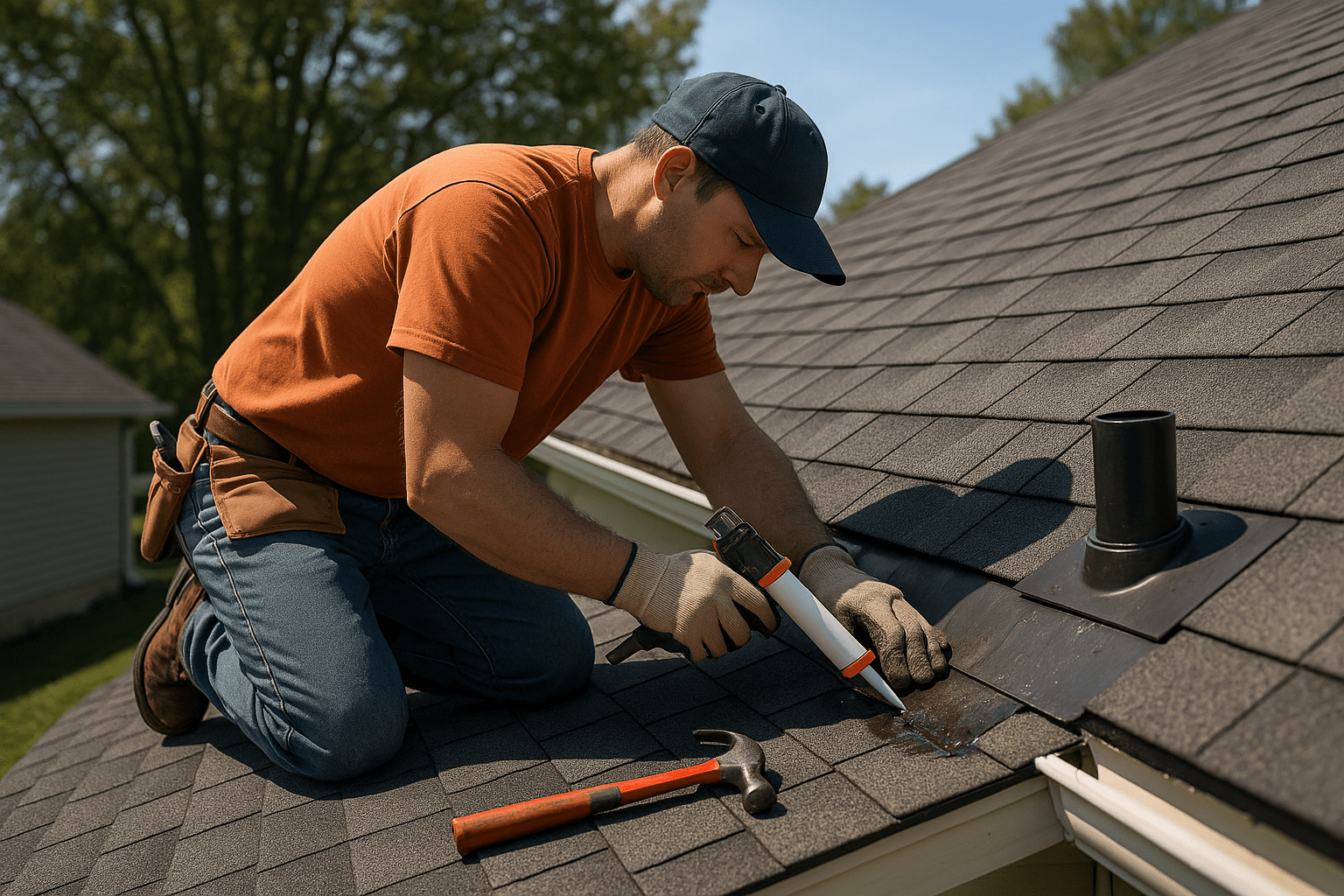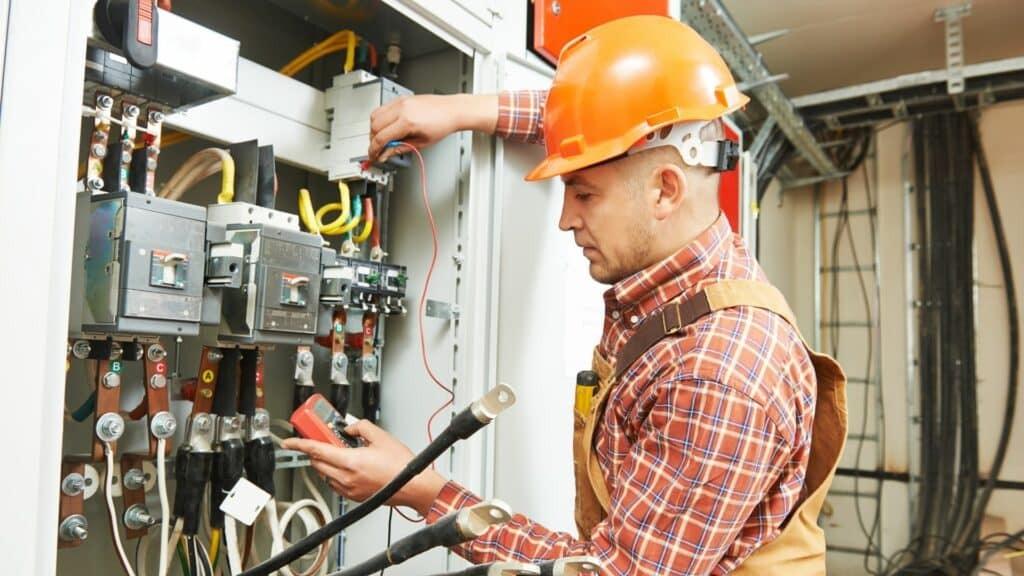Do you know that the heating, ventilation, and air conditioning (HVAC) system is about 50% of the energy consumption of the house? Installing an HVAC system is a major investment, but it ensures year-long rest, air quality improvement, and energy efficiency.
Whether you are installing a brand-new system or changing an old unit, it is important for long-term performance to choose the right HVAC installation service. This guide will run you through professional HVAC installation matters, major benefits, step-step processes, general mistakes, and future trends in the industry.
Why HVAC installation services case
1. Proper size and efficiency
An HVAC system that is very large or too small for your location can break inability, high energy bills, and frequent breakdowns.
2. Proper airflow and indoor air quality ensures
Professional installation includes ductwork evaluation and airflow adaptation, which ensure frequent temperature and better air filtration.
3. Reduces the cost of energy
A well-installed HVAC system uses low energy, saving hundreds of dollars annually on heating and cooling bills.
4. Expensive repair and prevents premature failure
Improper installation can reduce the lifetime of the system by 30–50%, which can lead to expensive repairs.
5. Security and building code compliance
A professional HVAC contractor ensures that your system meets local building codes, manufacturer requirements, and warranty rules.
Major benefits of professional HVAC installation
1. Increase in energy efficiency
Modern HVAC units are Energy Star® certified, consuming 30% less energy than older models.
2. Smart Thermostat Integration
Many systems now work with Wi-Fi-capable smart thermostats, allowing you to control temperature settings remotely and maximize energy savings.
3. Increased rest and climate control
Professional installers ensure that warm and cold places in your house have also been warm and cooled to eliminate.
4. Noise reduction
A properly installed system is silently operated, reducing vibration and mechanical noise.
5. Long-term reliability and manufacturer warranty protection
A certified installation helps preserve the manufacturer’s warranty, ensuring that your system is preserved against defects.
Step-by-step guide for HVAC installation
Step 1: Assess your requirements
- Determine whether you need a new installation or replacement.
- Consider factors such as home size, insulation level, and regional climate.
Step 2: Choose the correct HVAC system
- Options include a central air system, heat pump, ductless mini-split, and furnaces.
- Top brands include carriers, train, lenses, rhymes, and designs.
Step 3: Get a professional load calculation
- A manual J load calculation determines the right system size for your home.
- Avoid over-shape or under-shape units to ensure optimal efficiency.
Step 4: Prepare your home for installation
- Clean the area where the HVAC unit will be installed.
- Ensure proper ventilation and electrical access.
Step 5: Establishment Process
- Remove the old system (if applied).
- Install new ductwork or clean existing ducts.
- Mount indoor and outdoor units.
- Connect cold lines, electrical wires, and drainage systems.
- Test the system for efficiency, safety, and air balance.
Step 6: Final inspection and system adaptation
- A licensed HVAC technician will conduct performance tests.
- Adjust the settings for maximum efficiency and comfort.
Examples of real-world: how quality HVAC installation makes a difference
Case Study: Energy Bill to Cost-Saving
John’s old HVAC system was running inefficiently, leading to high energy bills. After consulting an HVAC contractor, he upgraded to a high-efficiency carrier unit with a smart thermostat. Their monthly energy costs declined by 35%, and their home maintained a consistent, comfortable temperature year-to-year.
Common Mistakes to Avoid HVAC Installation
1. Hire a contractor with an unlicensed
Always choose licensed, insured, and net-attested professionals.
Avoid poor reviews or companies with any reference.
2. Leave the load calculation
Without a proper manual J calculation, your system can be overworked or disabled.
3. Ductwork Issues ignoring
Dripping, without thinking, or closed ducts can reduce efficiency by 20–30%.
Professional duct inspection ensures optimal airflow.
4. Choose the cheapest option
Low-cost installation often uses inferior tools and materials.
Investing in quality saves money on long-term repairs.
5. Regular maintenance scheduling not
Annual maintenance prevents breakdown and disabilities.
Consider a maintenance plan with your HVAC provider.
Future Trends in HVAC Establishment
1. Smart and Connected HVAC System
AI-operated HVAC systems automatically adjust temperature settings.
Smart thermostats such as Nest and Ecobee improve efficiency.
2. Energy-skilled and environmentally friendly solution
Land heat pumps use renewable energy sources.
Ductless mini-split systems reduce energy waste.
3. Advanced air filtration and purification
HePA filters, UV light, and air improve indoor air quality.
Ideal for allergic victims and homes in high-pollution areas.
4. Future maintenance with IOT sensor
Real-time performance helps in detecting issues before monitoring monitoring.
Reduces the cost of repair and the system improves lifespan.
Conclusions: Creating the right choice for your HVAC installation
Installing an HVAC system is an investment in comfort, efficiency, and long-term savings. Choosing the right contractor and system ensures top performance and avoids expensive mistakes.
key Takeaways:
✅ Always hire licensed and experienced HVAC professionals.
✅ Conduct an appropriate load calculation to ensure the correct system size.
✅ Invest in energy-skilled models for low bills and better performance.
✅ Do not ignore ductwork and maintenance – they are important for efficiency.
Are you ready to install or upgrade your HVAC system? Get a professional consultation today and ensure year-long rest and savings!




